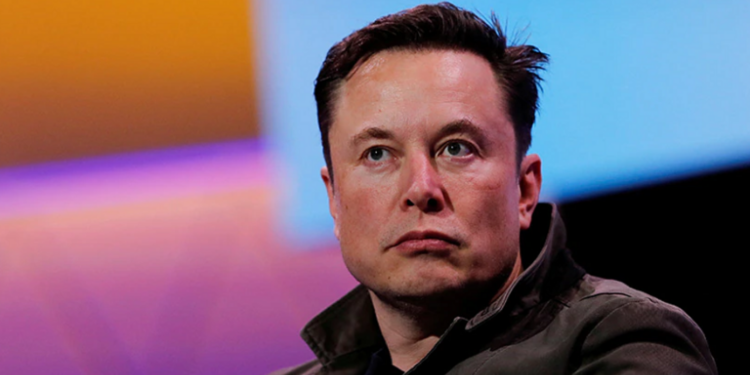Elon Musk is in Beijing, with reports suggesting he is there to discuss enabling autonomous driving features on Tesla cars in China.
Musk aims to activate the Full Self Driving (FSD) mode in China and plans to transfer locally collected data abroad to refine its algorithms. Currently, FSD is operational in several countries, including the U.S., but not in China.
This visit follows a U.S. report linking Tesla’s autonomous driving modes to at least 13 accidents, including one fatal incident.
During a meeting with Chinese Premier Li Qiang, state media reported Musk expressed Tesla’s desire for deep cooperation with China to “achieve more win-win results.”
In return, Premier Li assured Musk that the Chinese market would remain “always open to foreign-funded firms.”
China is Tesla’s second-largest market, where domestic manufacturers like Xpeng, based in Guangzhou, are also introducing similar autonomous driving features in their vehicles.
Musk praised Chinese carmakers on Sunday, calling them “the most competitive car companies in the world.”
In efforts to align with local regulations, Tesla has previously taken steps such as establishing a data center in Shanghai to handle data from Chinese consumers locally.
Musk’s trip coincides with an ongoing investigation by the U.S.’s National Highway Traffic Safety Administration (NHTSA) into whether a recall has adequately addressed safety concerns related to Tesla’s driver assistance system.
The NHTSA reported that despite requirements for drivers to remain alert and ready to take control when using autonomous driving features, those involved in the crashes “were not sufficiently engaged.” This assessment was made prior to a recall Tesla claimed would address the issue.
Tesla’s software is designed to ensure that drivers stay attentive and that autonomous driving is used only under suitable conditions, such as on highways.
Elon Musk has long touted the potential for Teslas to function as autonomous “robotaxis.” In 2015, he predicted that Teslas would be fully autonomous by 2018, and in 2019, he anticipated that the company would have robotaxis on the roads by the following year.
This month, the Tesla CEO announced plans to unveil the company’s robotaxi in August.
Critics have accused Musk of consistently overstating the capabilities of autonomous driving to boost Tesla’s stock price, which has suffered due to factors like a global decline in demand for electric vehicles and competition from more affordable Chinese brands. Musk has denied these allegations.
To stimulate demand, Tesla has been reducing the prices of its vehicles in China and other markets.
“Tesla prices must change frequently in order to match production with demand,” Mr Musk recently said on X, the microblogging platform previously known as Twitter which the billionaire owns.
Tesla recently announced that its automotive sales declined by 13% to $17.3 billion (£13.7 billion) in the first quarter of this year.
The company’s total sales decreased by 9%, and its profits significantly dropped to $1.13 billion compared to $2.51 billion during the same period last year.
Since the start of 2024, Tesla’s share price has plummeted by 32%.

